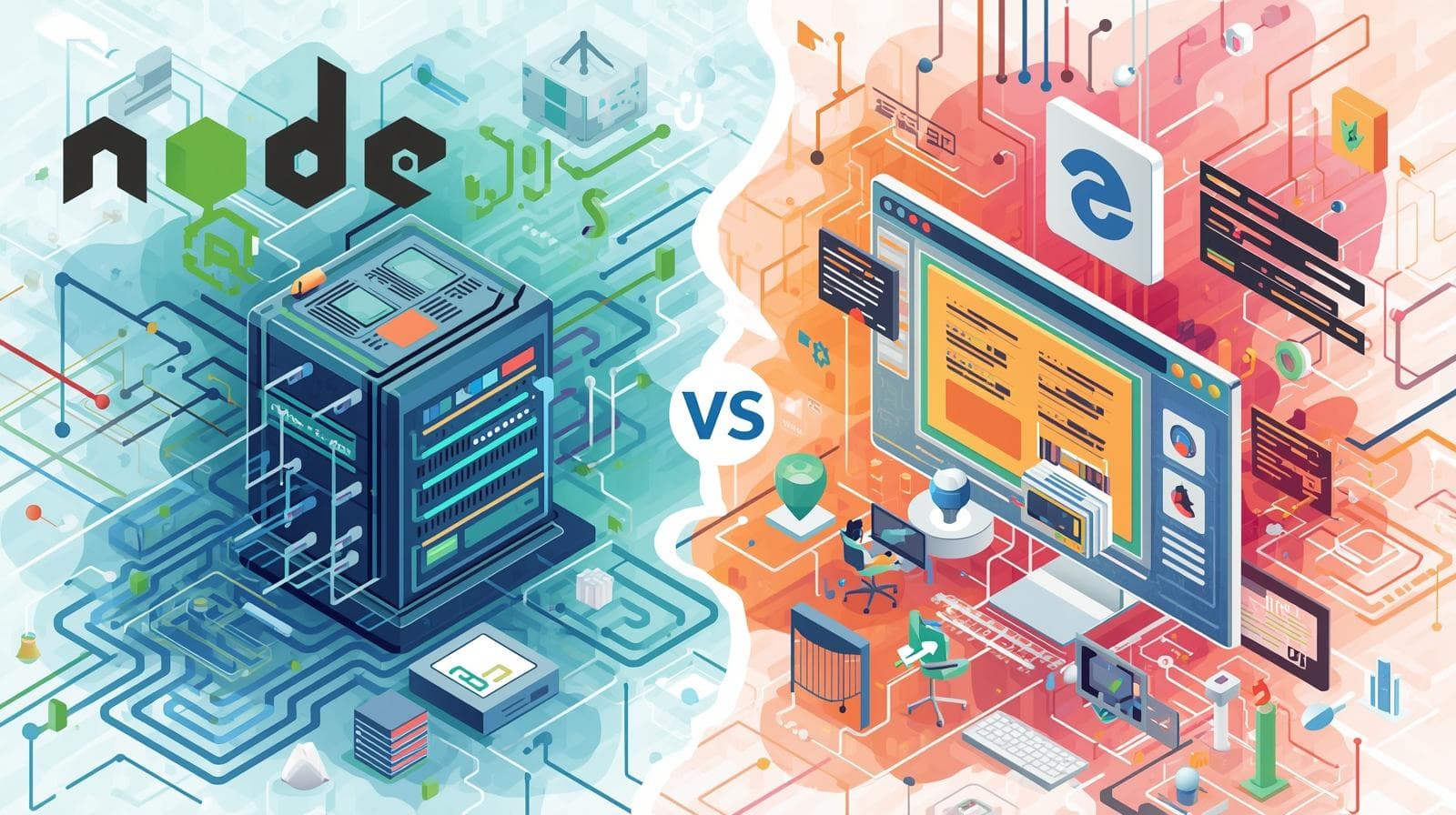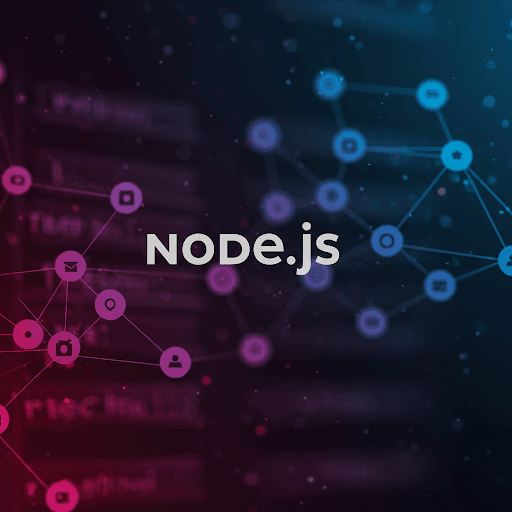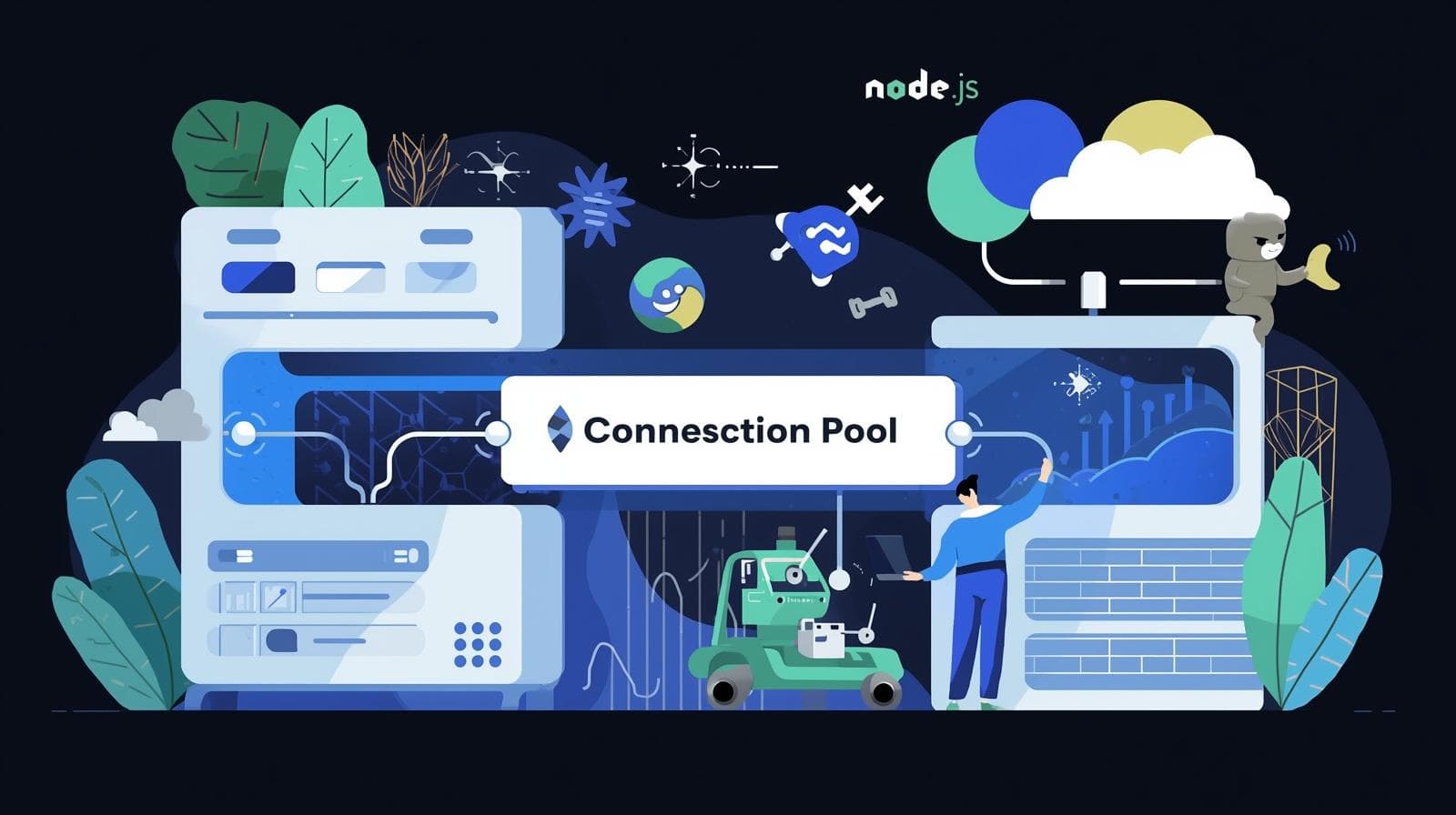Middleware in Express.js: The Ultimate Guide for Developers

Master Express.js Middleware! This in-depth guide covers everything from basics to advanced patterns, with real-world examples, best practices, and FAQs. Build better Node.js apps today.

Middleware in Express.js: The Ultimate Guide for Developers
Middleware in Express.js: The Ultimate Guide for Developers
If you've spent any time with Node.js, you've almost certainly heard of Express.js. It's the de facto standard web framework for a reason: it's minimal, flexible, and powerful. But what's the secret sauce that makes Express so incredibly versatile? The answer, almost always, is Middleware.
Think of middleware as the assembly line in a factory. When a request (like a user asking for a webpage) arrives at your Express server, it doesn't just magically get a response. It goes through a series of stations. Each station has a specific job: one checks the worker's ID (authentication), another stamps the product (logging), a third assembles a part (parsing data), and so on. Middleware functions are these stations.
In this comprehensive guide, we're not just going to scratch the surface. We're going to dive deep into the world of Express middleware. We'll demystify what it is, how it works, and how you can wield it to build robust, secure, and efficient web applications. By the end, you'll be thinking in middleware, structuring your apps like a pro, and understanding one of the most fundamental concepts in backend development.
What Exactly is Middleware? A Simple Analogy
Let's make it crystal clear. In technical terms, middleware is a function that has access to the request object (req), the response object (res), and the next middleware function in the application’s request-response cycle, commonly denoted by a variable named next.
But what does that mean?
Imagine a security guard at a building's entrance. His job is to:
Inspect your ID (the
reqobject).Decide: Can you enter?
If yes, he says, "Go on to the next check" (he calls
next()).If no, he turns you away right there (he sends a response using
res.send()orres.status(401).json()).
That guard is a middleware function. He intercepts every person (request) and performs a specific task before deciding to pass them on or not.
The Key Takeaway: Middleware functions can:
Execute any code.
Make changes to the request and response objects.
End the request-response cycle.
Call the next middleware function in the stack.
If they don't end the cycle, they must call next() to pass control to the next middleware. Otherwise, the request will be left hanging, and the client will eventually timeout.
The Building Blocks: How Middleware Works in the Request-Response Cycle
The flow of a request through an Express application is a beautifully orchestrated dance. Here’s the step-by-step breakdown:
Request Arrives: A client (e.g., a web browser) sends an HTTP request to your server for a specific URL (e.g.,
GET /dashboard).Middleware Queue: The request enters a queue of middleware functions that you have defined for that specific route or application-wide.
Function Execution: The first middleware function is executed. It receives
req,res, andnext.It might log the request time and URL.
It might check for a valid user session.
It might parse cookies.
The Critical
next()Call: If this middleware function does not send a response back to the client, it must callnext(). This is the baton pass. It tells Express, "I'm done with my part, hand this request over to the next function in line."Proceeding Down the Chain: This process continues, middleware after middleware, until one function finally sends a response back to the client (e.g.,
res.render(),res.json(),res.sendFile()).Cycle Ends: Once a response is sent, the cycle is complete. Any middleware that comes after that point will not be executed for that request.
This "chain of responsibility" pattern is what gives Express its immense power and flexibility.
Diving into Code: The Different Types of Middleware
Express allows you to apply middleware at different levels of your application. Understanding these types is crucial for proper application structure.
1. Application-Level Middleware
This is the most common type. You bind it to an instance of your Express app (using app.use() and app.METHOD()) and it runs for every request (or every request matching a specific path).
Example 1: Logging for Every Single Request
javascript
const express = require('express');
const app = express();
// Application-level middleware without a path.
// This runs for EVERY request that comes in.
app.use((req, res, next) => {
console.log(`[${new Date().toISOString()}] ${req.method} ${req.path}`);
next(); // Don't forget this!
});
app.get('/', (req, res) => {
res.send('Hello World!');
});
app.listen(3000);Now, if you visit / or /about, you'll see a log in your console like [2023-10-27T10:00:00.000Z] GET /.
Example 2: Path-Specific Middleware
javascript
// This middleware will only run for requests starting with '/admin'
app.use('/admin', (req, res, next) => {
console.log('Accessing the admin section...');
next();
});2. Router-Level Middleware
This works exactly like application-level middleware, but it is bound to an instance of express.Router(). This is essential for breaking your application into modular, mountable pieces.
javascript
const express = require('express');
const app = express();
const router = express.Router();
// Router-level middleware specific to this router
router.use((req, res, next) => {
console.log('Time:', Date.now());
next();
});
// A route definition on the router
router.get('/user/:id', (req, res) => {
res.send(`User ID: ${req.params.id}`);
});
// Mount the router under the '/api' path
app.use('/api', router);
app.listen(3000);Now, a request to /api/user/123 will trigger the router's logging middleware first.
3. Error-Handling Middleware
This is a special type of middleware that has four arguments (err, req, res, next). It's used exclusively to catch errors. You define error-handling middleware last, after all other app.use() and route calls.
Example: Centralized Error Handling
javascript
// ... your other app.use() and route handlers ...
// Simulate an error in a route
app.get('/error', (req, res, next) => {
const err = new Error('Something went wrong!');
err.statusCode = 500;
next(err); // Pass the error to the next middleware (the error handler)
});
// Define the error-handling middleware
app.use((err, req, res, next) => {
// Log the error for the server
console.error(err.stack);
// Send a formatted response to the client
res.status(err.statusCode || 500).json({
error: {
message: err.message || 'Internal Server Error',
status: err.statusCode || 500
}
});
});This pattern is a best practice. It ensures that any error, whether thrown synchronously or passed via next(err), is caught and handled gracefully, preventing your server from crashing and providing a useful message to the client.
4. Built-in Middleware
Express comes with a few built-in middleware functions. The most important one is express.json().
express.json(): Parses incoming requests with JSON payloads and makes the parsed data available onreq.body. Essential for building APIs.express.static(): Serves static files (like images, CSS, JavaScript) from a directory.
javascript
const express = require('express');
const app = express();
const path = require('path');
// Use built-in middleware
app.use(express.json()); // for parsing application/json
app.use(express.static('public')); // serve files from the 'public' directory
// Now you can handle JSON in the request body
app.post('/user', (req, res) => {
const userData = req.body; // Thanks to express.json()
console.log(userData);
res.json({ message: 'User received!', user: userData });
});5. Third-Party Middleware
This is where the Express ecosystem shines. The community has created middleware for almost every conceivable task. You install them via npm and require them in your app.
Some Indispensable Third-Party Middleware:
helmet: Helps secure your app by setting various HTTP headers. (Use this!)morgan: HTTP request logger. Great for logging in production and development.cors: Enable Cross-Origin Resource Sharing (CORS) with various options.cookie-parser: Parses Cookie header and populatesreq.cookies.
Example: A More Production-Ready Setup
javascript
const express = require('express');
const helmet = require('helmet');
const morgan = require('morgan');
const cors = require('cors');
const app = express();
// Use third-party middleware
app.use(helmet()); // Security first!
app.use(morgan('combined')); // Logs in Apache combined format
app.use(cors()); // Enable CORS for all origins (configure as needed)
app.use(express.json());
// ... your routes ...
app.listen(3000);Real-World Use Cases: Bringing It All Together
Let's build a small, practical example that uses multiple types of middleware for a realistic scenario: a simple API for a blog.
javascript
const express = require('express');
const morgan = require('morgan');
const app = express();
// 1. Third-party: Logging
app.use(morgan('dev'));
// 2. Built-in: JSON Parser
app.use(express.json());
// 3. Application-level: Fake Authentication Middleware
const authenticate = (req, res, next) => {
// In a real app, you'd check a JWT or session here
const authToken = req.header('Authorization');
if (authToken === 'Bearer secret-token') {
req.user = { id: 1, name: 'John Doe' }; // Attach user to req
next();
} else {
// If not authenticated, end the cycle here
res.status(401).json({ message: 'Unauthorized. Please log in.' });
}
};
// Public Route - No authentication needed
app.get('/posts', (req, res) => {
res.json([{ id: 1, title: 'Public Post' }]);
});
// Protected Route - Authentication middleware applied
app.get('/admin/posts', authenticate, (req, res) => {
// We have access to req.user thanks to the authenticate middleware
console.log(`User ${req.user.name} is accessing admin posts`);
res.json([{ id: 2, title: 'Draft Post' }]);
});
// 4. Error-Handling Middleware (must be last!)
app.use((err, req, res, next) => {
console.error(err);
res.status(500).json({ message: 'Something went wrong on our end!' });
});
app.listen(3000, () => {
console.log('Server running on port 3000');
});In this example, you can see the clear flow:
morganlogs the request.express.json()parses the body if it's JSON.The
/postsroute is public and proceeds directly.The
/admin/postsroute first goes through theauthenticatemiddleware. If it passes, the final route handler sends the posts. If it fails, theauthenticatemiddleware sends a 401 response and the cycle ends.
Best Practices and Common Pitfalls
Order Matters! Middleware executes in the order they are defined using
app.use(). Place more specific middleware (like route handlers) before more general ones (like a 404 handler). Error handlers must always be last.Don't Forget
next(): Unless you are ending the cycle (withres.send(),res.json(), etc.), you must callnext(). Forgetting it is a common cause of "hanging" requests.Use
next(err)for Errors: Never throw errors in async middleware. Instead, pass them to the next error-handling middleware usingnext(err).Structure with Routers: For any non-trivial application, use
express.Router()to separate concerns (e.g.,authRouter.js,userRouter.js,postRouter.js).Security First: Always use
helmetand be cautious with what data you expose in yourreqandresobjects. Sanitize user input!Keep Middleware Focused: A middleware function should do one thing and do it well. Don't create a "god middleware" that handles authentication, logging, and data parsing all at once.
Mastering these patterns is a core part of becoming a professional backend developer. The concepts of request lifecycle management, modularity, and error handling are universal. To learn professional software development courses such as Python Programming, Full Stack Development, and MERN Stack, which dive deep into these architectural patterns, visit and enroll today at codercrafter.in.
Frequently Asked Questions (FAQs)
Q: Can a middleware function send a response and call next?
A: Technically, yes, but it's a very bad practice. Once a response is sent, you should not call next() as it can lead to errors like "Cannot set headers after they are sent to the client."
Q: What's the difference between app.use() and app.all()?
A: app.use() is primarily for binding middleware and can take an optional path. app.all() is for matching all HTTP verbs (GET, POST, etc.) on a specific route and is used for route handling.
Q: How do I handle asynchronous operations in middleware?
A: You must handle promises correctly. Either use async/await and call next in a try/catch block, or use a library like express-async-errors.
javascript
// Correct way with async/await
app.use(async (req, res, next) => {
try {
await someAsyncFunction();
next();
} catch (err) {
next(err);
}
});Q: How can I conditionally skip middleware?
A: You can add logic inside your middleware function to decide whether to call next() or not. For example, you might have a logging middleware that skips logging for health check requests.
javascript
app.use((req, res, next) => {
if (req.path === '/health') {
// Skip logging for health checks
return next();
}
console.log('Logging request...');
next();
});Conclusion: The Power is in the Pipeline
Middleware isn't just a feature of Express.js; it's the philosophical heart of it. By breaking down request handling into a series of small, composable, and single-purpose functions, you can build applications that are:
Modular: Easy to reason about and test.
Flexible: You can add, remove, or rearrange functionality with ease.
Powerful: Complex tasks like authentication, validation, and compression become simple building blocks.
Understanding middleware is a fundamental leap in your journey as a Node.js developer. It transforms you from someone who just writes routes into an architect who can design robust and scalable web applications.
So, start experimenting. Write your own logging middleware. Create an authentication guard. Implement a request rate limiter. The patterns you learn here will be invaluable throughout your career.
We hope this guide has illuminated the path to mastering Express middleware. If you're ready to take the next step and build real-world, full-stack applications using these concepts and more, our structured programs at codercrafter.in are designed to take you from foundational knowledge to professional proficiency. Explore our courses and start building your future today!









